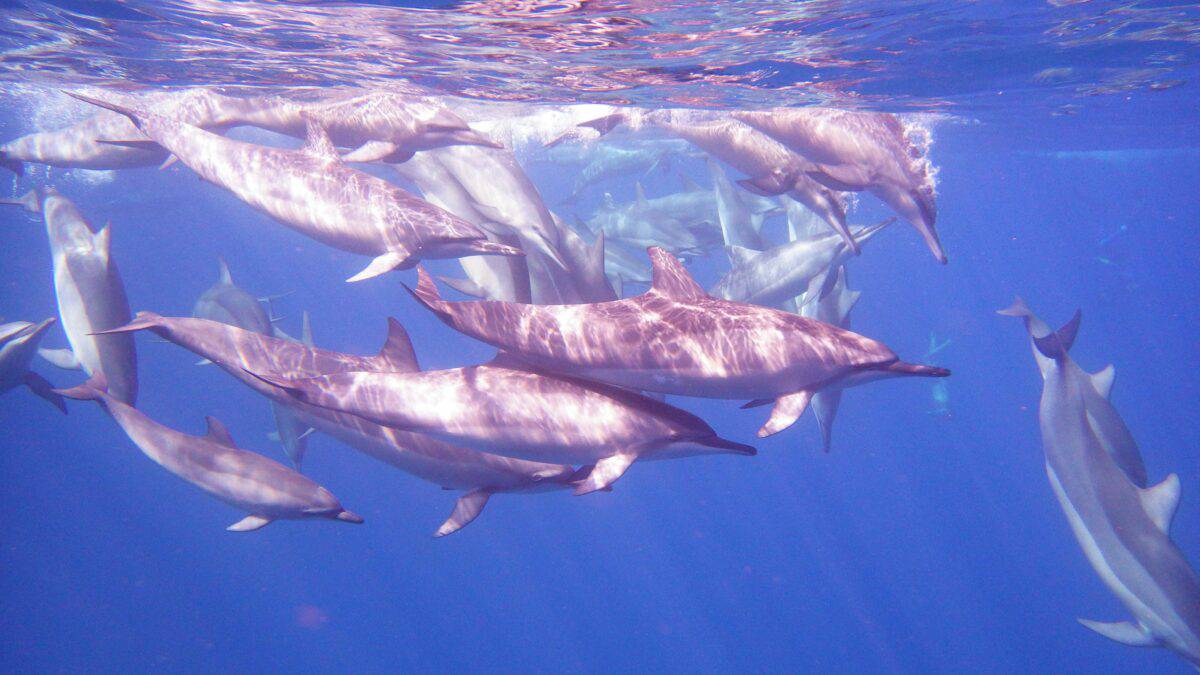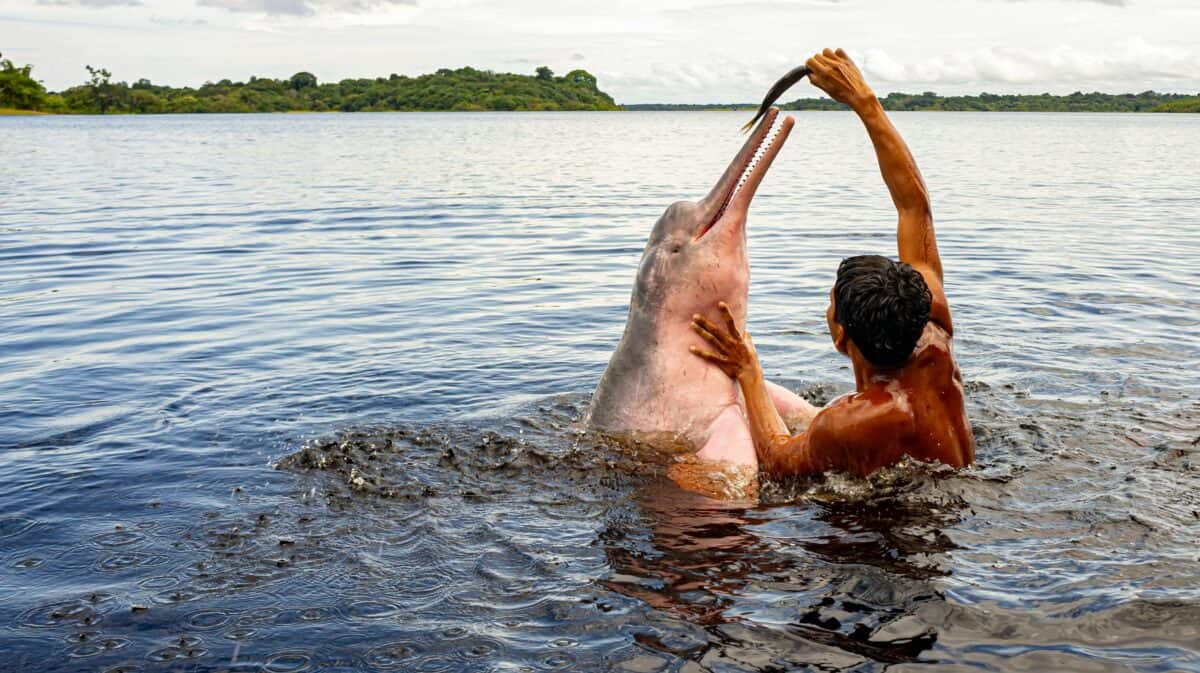Boaters cruising through Louisiana’s Calcasieu River last weekend got more than a nice day on the water — they witnessed something few people ever see: a pink dolphin swimming alongside their boat.
“I thought I was seeing things,” said local fisherman Thomas Reilly. “It popped up right next to the motor, and it was completely pink. Bright, bubblegum pink.”
The dolphin, believed to be the same individual nicknamed “Pinky”, is a rare albino bottlenose dolphin (Tursiops truncatus), first spotted in the area back in 2007. Sightings have been extremely infrequent since then — until now.
What Makes a Dolphin Pink?

While it might sound like fiction, pink dolphins do exist, though not in large numbers. “Pinky” is an albino dolphin, meaning she lacks melanin, the pigment responsible for normal gray coloring in bottlenose dolphins. Instead, her skin appears pink due to the blood vessels just beneath the surface.
Albino dolphins are incredibly rare. Fewer than 20 have been documented worldwide, and only a handful survive to adulthood. Their pale coloring makes them more visible to predators when young, and they can suffer from vision or hearing issues due to their genetic mutation.
But “Pinky” appears healthy and feisty. Witnesses said she was swimming actively, surfacing often, and even performed a small jump before diving back down.
What This Means for Conservation
Marine biologists tracking dolphin populations in the Gulf of Mexico are cautiously optimistic about the sighting. “Every time we see ‘Pinky,’ it reminds us how little we know about these animals,” said Dr. Elaine Bonner, a marine mammal researcher at the University of Louisiana.
Bottlenose dolphins are brilliant and social animals, often traveling in pods. “Pinky” has been seen both alone and in groups, which suggests she’s adapted well despite her differences.
While albino dolphins aren’t a separate species, they’re important symbols in wildlife conservation, drawing attention to marine health, water quality, and biodiversity.
Watch, But Don’t Chase

Officials urge the public to respect wildlife boundaries if they encounter the dolphin:
- Do not chase or follow her boat-to-boat
- Stay at least 45 meters (150 feet) away — as required by law under the Marine Mammal Protection Act
- Never try to feed or touch marine mammals
“She’s rare, and she’s lucky to have survived this long,” said Bonner. “Let’s give her space so she can keep doing her thing.”
As long as “Pinky” keeps surfacing, the bayou just got a little more magical.
- Texas Turtles Risk Lives for Love During Spring Mating Season - August 20, 2025
- Spider Bites Florida Woman’s Face While Driving - August 10, 2025
- Bride Surprises Groom With Rescued Animals at Bachelor Party - August 7, 2025

